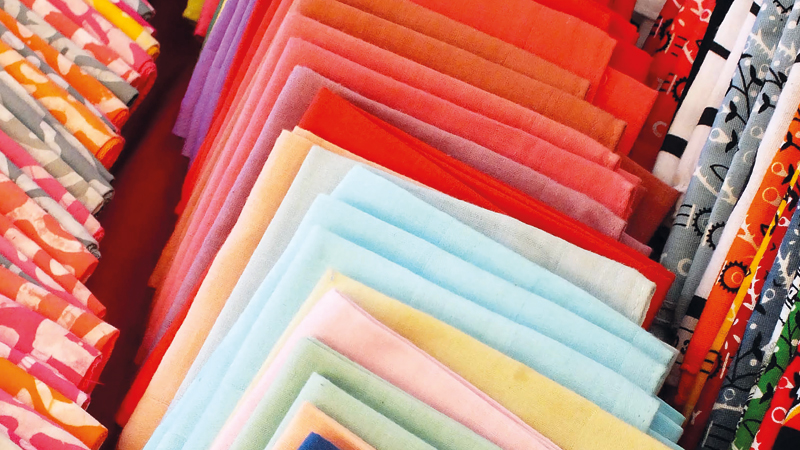Published by Zero Waste Europe, the paper notes that despite being the top buyer of clothes globally, the EU has yet to set concrete measures on textile waste prevention, thereby cancelling any progress towards a sustainable fashion industry.
Theresa Mörsen, Waste & Resources Policy Officer at Zero Waste Europe, states: “Evidence shows that even with the foreseen interventions in the textile production chain, there is still a gap of almost 40% of necessary emissions reductions to meet the 1.5 degrees target. This suggests that the only way forward is to reduce overproduction”
Entitled “T(h)reading a path: Towards textiles waste prevention targets”, the paper emphasised that the most significant global warming impact of the textiles industry lies in the production phase, and urges a radical remodelling of the industry.
The EU’s Waste Hierarchy laid down by the Waste Framework Directive prioritises waste prevention over other methods like reuse, recycling, and recovery. While the Waste Framework Directive obligates countries to take measures against waste, the proposed revision of the Directive fails to include prevention targets for textiles, undermining the Waste Hierarchy’s core principle.
Experience from the past decade has shown that voluntary measures such as awareness-raising campaigns always fall short of their aims and instead, Zero Waste Europe advocates for real textile waste reduction targets at EU level, a measure previously backed by the European Parliament and the European Environmental Agency.
Theresa Mörsen, Waste & Resources Policy Officer at Zero Waste Europe goes on to say, “Since member states’ waste prevention programmes have not delivered any tangible waste reduction over the past 10 years, we suggest setting concrete targets, starting with textile waste in the current revision of the Waste Framework Directive. We propose an overall reduction target for textile waste of at least one third by 2040 in comparison to 2020. It is essential to set policy on the right trajectory for substantial waste reduction as soon as possible.”
One feasible indicator for waste prevention would be to measure the weight of new textile products put on the market per capita per year.
According to the paper, the average European consumes a staggering 26 kg of textiles annually, while generating 11 kg of textile waste. The environmental consequences extend beyond the EU’s borders, as material extraction and production mostly take place outside the EU and exports of textile waste are commonplace, polluting soil and water in recipient countries in the Global South.
Addressing the global impact of the textile industry, “T(h)reading a path” highlights that reducing overproduction of clothes can significantly decrease the industry’s carbon footprint. Recycling and reuse, while beneficial, are not enough to align with the Paris Agreement goals. The paper emphasises the EU should lead by example to address the current textiles crisis and align the Waste Framework Directive accordingly.






